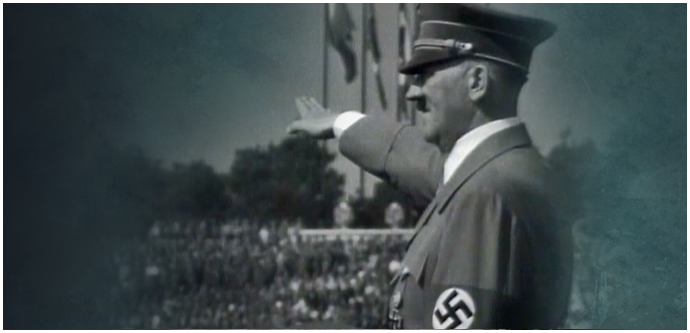| Germany In The Early 20Th Century And The Rise Of The Nazis
Racial anti-Semitism developed in a society in which things were actually improving for the Jews. In the late 1800’s, Germany, like much of Western Europe, began to accept some of the democratic ideals of freedom and civil equality. The walls that isolated Jews began to crumble, and Jews were allowed to participate more freely in the European economy and society. In Germany, Jews, who were less than one percent of the German population, became very assimilated. By the time Hitler rose to power in 1933, they had full civil and legal status. Many were professional and business people, artists and musicians. Nevertheless, the hatred of the Jews persisted in Germany and elsewhere in Europe, fueled by this new form of racial anti-Semitism.
 The issue of Jewish participation in modern German society came to be known as “the Jewish question.” Hitler glorified the Germans as the “master” Aryan race and vilified Jews as evil and sub-human. Hitler became obsessed with maintaining the supposed racial purity of the German master race, and popularized his ideas through Nazi party activities during the 1920’s and in his famous book, “Mein Kampf.” For Hitler, it was the presence of Jews in German society that caused Germany’s loss to the allies in World War I and her economic problems, including inflation in the 1920 s and depression and unemployment after 1929. Hitler’s answer to “the Jewish question” was built on ideals of racism and anti-Semitism. The issue of Jewish participation in modern German society came to be known as “the Jewish question.” Hitler glorified the Germans as the “master” Aryan race and vilified Jews as evil and sub-human. Hitler became obsessed with maintaining the supposed racial purity of the German master race, and popularized his ideas through Nazi party activities during the 1920’s and in his famous book, “Mein Kampf.” For Hitler, it was the presence of Jews in German society that caused Germany’s loss to the allies in World War I and her economic problems, including inflation in the 1920 s and depression and unemployment after 1929. Hitler’s answer to “the Jewish question” was built on ideals of racism and anti-Semitism.
When the Depression reached Germany in 1929 millions of unemployed people looked for quick and easy answers to their problems. Economic distress made it easier for a demagogue to manipulate anti-Semitism. Hitler took advantage of widespread discontent and directed it towards the Jews. In the elections of 1932 the Nazi party took 37 percent of the vote and became the most powerful party in Germany. In 1933, President von Hindenburg appointed Hitler to Chancellor of Germany.
Continue 1 2 3 4 5 |



